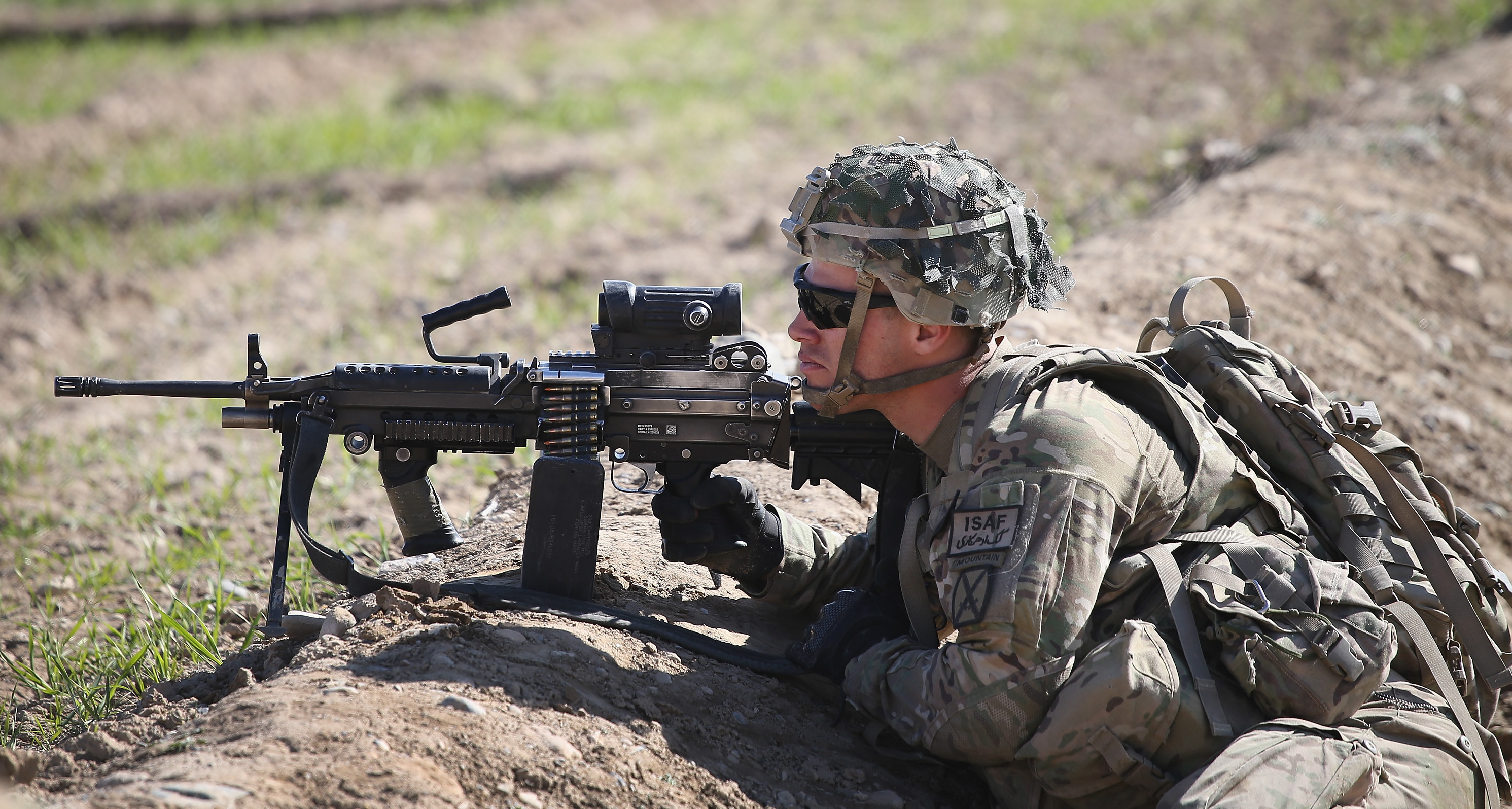
December 12, 2017
NDAA Press Note: TBI and DoD Study on Blast Pressure Exposure
Washington, December 12 – The new National Defense Authorization Act, recently signed into law by the president, requires the Department of Defense to conduct a medical study on blast pressure exposure of military servicemembers. Emerging evidence suggests that servicemembers may be exposed to significant levels of blast overpressure from firing certain weapons, even in training. CNAS Senior Fellow Paul Scharre and Research Associate Lauren Fish provide comment in the following press note.
Over 370,000 servicemembers have been diagnosed with traumatic brain injury (TBI), the signature wound of today’s wars. TBI can occur from a variety of causes: falls, explosions, vehicle accidents, bullet wounds, and other traumatic events to the brain. Blast overpressure from explosions is one potential source of TBI, although the specific mechanism of injury is not well understood.
DoD studies have found that blast exposure from firing heavy weapons such as the Carl Gustaf recoilless rifle, even in training, is associated with short-term cognitive deficits in servicemembers. Even when using the weapons within approved firing limits, some servicemembers may experience short-term deficits in delayed verbal memory, visual-spatial memory, and executive function after a single day of firing heavy weapons. These short-term deficits can take 72 to 96 hours to resolve to a level at which they are not statistically significant.
Since mild TBI can result from repeated mild trauma to the brain and take years to identify, greater research on blast exposure is needed to better understand the long-term cumulative effects of blast exposure. The longitudinal medical study mandated in the new National Defense Authorization Act (NDAA) is of critical importance to better understanding any risks associated with blast pressure exposure, including from firing heavy weapons. Additionally, the NDAA requires DoD to assess the feasibility of creating a blast exposure log for servicemembers, a vital step toward ensuring accurate records. Like other military occupational health hazards – Agent Orange, Gulf War Syndrome, and burn pits – accurate records are essential to ensure that servicemembers receive appropriate care and compensation for any injuries that may manifest years down the road. This legislation is an important step toward understanding this critical issue and taking care of military servicemembers.
Scharre and Fish are available for interviews. To arrange an interview, please contact Neal Urwitz at 202-457-9409 or nurwitz@cnas.org.

